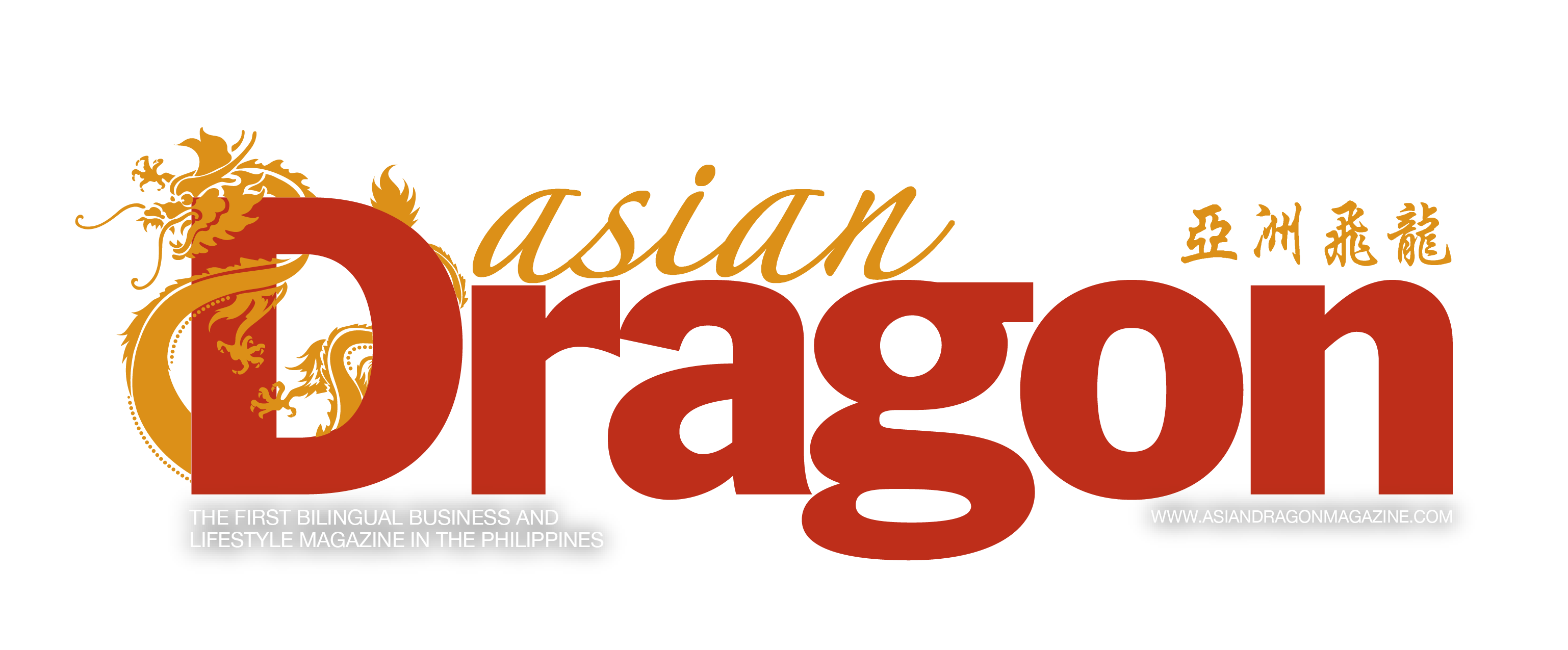There are educators vehemently against translation in the foreign language classroom, and I understand why. They want to provide a pure target language environment, mimic the setup where children learn their first language, and load the child’s brain with as much input as possible. It is indeed a good thing, and this is called immersion.
However, there are conditions that have to be met: You must start them young, as early as 1½ years old; they must attend classes every day, or at the very minimum thrice a week; and someone in the house must speak the foreign language, which is most crucial.
In my experience, the cut-off is around four years old, sometimes even three. When a four-year-old with zero background in Mandarin (especially if he has a strong natural sense of curiosity) finds himself in a pure Mandarin-speaking environment, he is already aware he does not comprehend the “noise.” This is a form of perceived stress or threat. Our brain is hardwired to deal with this by triggering the hypothalamus’ “flight or fight” response. The child may rebel, freeze, or run away. Because I deal with children like this, I saw the need to provide safe and familiar surroundings by making use of the mother tongue. There’s a term for this: Mother Tongue-Based Multi-Lingual Education (MTBMLE).
Let me introduce James Asher, professor of psychology, who developed a language teaching method called TPR—Total Physical Response. The idea is to coordinate language and body movements. The instructor gives commands in the target language and models the actions. The students follow. This goes on and on until he stops modeling the movements, and the students show understanding by still doing the actions. As you can see, listening comprehension is the first step. Vocabulary can be taught immediately, while grammar is taught not explicitly, but as direct input. This is only one of many foreign language approaches, and I use this where applicable because it is a good indicator of information grasped without resorting to translation. However, I found out that gestures are not fail-safe, either!
A four-year-old we shall call Kyle was referred to me. He was a rebel, and so a few weeks later, when he began to love coming to Chinese class, I was very happy. One day, his mom dropped by to talk to me, so I told Kyle, “Zuo xia lai.” I wanted to show off how he could now understand Mandarin, so I asked him, “What is zuo xia lai?” His face lit up and he shouted, “Chair!” Gaaaaah! Apparently, every time I uttered those words I would point to the chair. I had issued an order for him to sit down, which he did, but there was a glitch in the interpretation of my actions. Had I not asked for a translation, I would have never known.
One time, I was told a Chinoy went to Taiwan to visit her friend. The friend’s husband, who doesn’t speak English, asked if she wanted to eat pang xie. When she just stared blankly at him, he did this:

To me, this is an air quote—quotation marks you make in the air indicating mockery or irony or something not to be taken as is. So what did the Taiwanese mean? Well, the Chinoy was totally grossed out. Her violent reaction perplexed the guy until his wife came along to sort things out. The Chinoy thought she was being offered rabbit, and was freaking out. Pang xie is Mandarin for crab!

Oookay! These incidents prompted me to do some research, and I found more interesting stuff. My Chinese friends said if I hold my hand in front of me palms up, and waved it in a “come over here” manner, that is impolite because it’s used to call dogs. Whaaaat? I have no such concept. To me, that gesture is used in Chinese movie fight scenes to provoke the enemy, like “Come and get me!”

I was surprised to see many online articles saying that curling your index finger in a beckoning manner is rude in the Philippines, because it is used for dogs. It is???
I’ve always interpreted this as a provocative sign, soliciting the other party for a romantic interlude. I consulted my Chinese friends, and they said although they rarely use this gesture, for them it’s just calling someone to come closer, and they see no other interpretation of it.
I found the following online, but have not confirmed the veracity of the statements.
Don’t do the thumbs up sign in Thailand because it’s a childish gesture meaning “Beh buti nga,” or sticking your tongue out at somebody. Wow, that’s a complete opposite of how I use it—to say, “Faaaantastic! Aprub!”
Making a circle with your thumb and pointing finger like indicating the number 3 means A-OK, but in France it means zero. Imagine your mouth is full but you want to compliment the restaurant for the sumptuous feast, and you signed this to the chef!
Keeping your fingers crossed is to sign “good luck,” but in Vietnam it’s a reference to the delicate female part down there.
So what’s my point? Actions are great aids to comprehension in the foreign language classroom to refrain from using the mother tongue, but they can also get lost in translation. A teacher has to guard against miscommunication, because gestures are also subject to cultural conventions and individual interpretation.

I cannot end this article without mentioning my all-time favorite gesture: the Vulcan salute. Yes, it’s Mr. Spock’s iconic greeting, which the actor Leonard Nimoy himself invented, patterned after a Jewish ritual he witnessed as a child. It is an intergalactic sign of peace, and there is no mistaking it for anything else. “Live Long and Prosper.”
Illustration by Paul Fabila
Discover more communication gestures in Asian Dragon Magazine’s December 2016-January 2017 issue, available for download on Magzter.






































